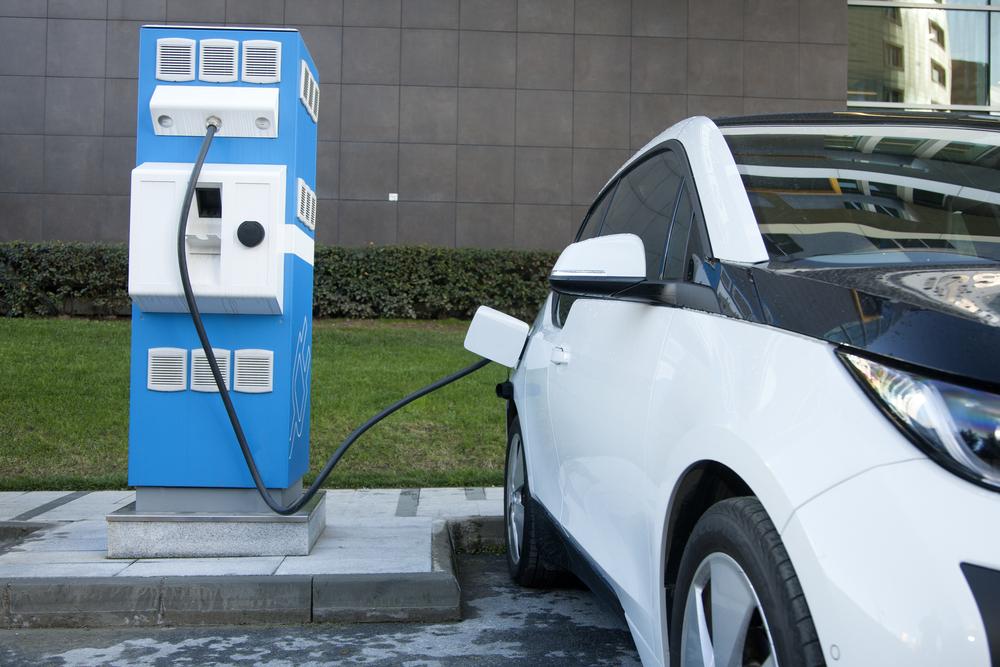
The Pros and Cons of Each Type of Hybrid and Electric Car
Like many, you’re probably interested in how driving a hybrid or electric vehicle can reduce your emissions while saving you money. The main differentiator between hybrid and electric cars is that a hybrid derives power from both conventional gas and an electric engine, while an electric car takes all of it’s fuel source from electrical power, making it a true zero-emission option.
It’s also important to understand there are different types of hybrid and electric cars. Here are the different types, along with their pros and cons:
- Plug-in hybrid
Plug-in hybrid vehicles lean more toward electric vehicles. These types of cars can go for a longer time solely on electric power. Some examples of plug-in hybrid include 2019 Land Rover Range Rover P400e and Mitsubishi Outlander PHEV. Their running cost is lower than that of a series hybrid, and they have a higher range when compared to battery electric vehicles and are cheaper buying options too. One of the disadvantages of plug-in hybrid cars is that they are more complex than mild hybrids. Another disadvantage is that they are the priciest when compared with other hybrid types. - Mild hybrid
A mild hybrid vehicle is one that uses two separate systems in a vehicle for propelling purposes. Examples include 2019 Audi Q8 and 2019 Ram 1500. The mild hybrid car has the advantage of being able to power many electrical systems and is not as complex as others. It is a cost-effective vehicle type and can help you save fuel when your vehicle is idle. When you compare it with other electric vehicles, it is lighter and great for reducing turbo lag. There are some disadvantages though, such as the absence of full-EV mode. - Series hybrid
You must understand the series hybrid, which is a type of hybrid vehicle. It is often called a parallel hybrid or power-split hybrid too. An example of a series hybrid is Toyota Prius. In the series hybrid, a battery-electric system and downsized ICE are used. The ICE is used at higher speeds while the battery-electric system is used at lower rates. The advantages include cost-efficiency, better convenience, and improved usability. The disadvantage consists of higher costs when compared to a vehicle with ICE only. Another problem is the reduction in power output. - Battery electric
The battery electric cars have at least a single electric drive motor. Some examples of battery electric cars are 2019 Nissan Leaf, 2019 Chevrolet Bolt EV, and 2018 Tesla Model S. Batterly electric vehicles have numerous advantages; they operate silently, provide excellent vehicle handling, and require lower maintenance. They have no tailpipe, and they provide instant torque, which is a major advantage. There are some cons, too, such as the time for it to get charged and a higher price than ICE vehicles and series hybrids. - Hydrogen fuel cell
In these vehicles, fuel cell cars use hydrogen gas for powering up their electric motor. Although this technology isn’t new, it wasn’t used because of the costs involved, among other factors. Examples of Hydrogen fuel cell vehicle include 2018 Toyota Mirai and 2018 Honda Clarity FCV. There are many advantages of hydrogen fuel cell cars, such as a silent operation that is similar to that of a BEV, and no requirement of any charging. All your car needs is hydrogen, and the emission will only be water. There are some disadvantages, such as the ever-changing hydrogen prices. You can have difficulty refueling your car, depending on where you are located.
The answer to whether hybrid or electric is better for you depends on your requirements. You should carefully weigh the pros, cons, and your requirements before choosing between a hybrid car and an electric car.



